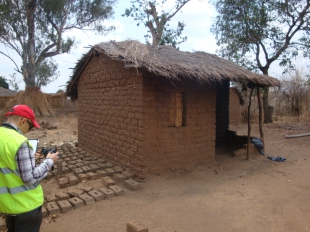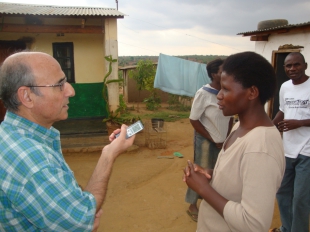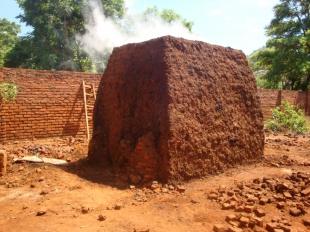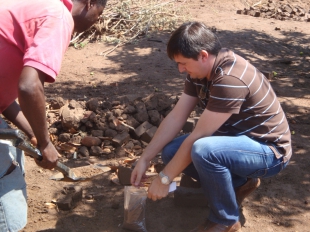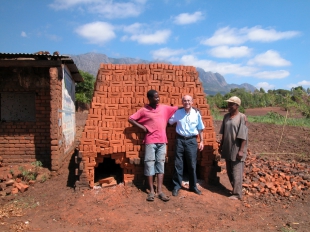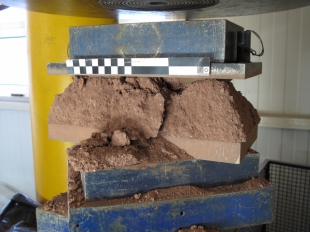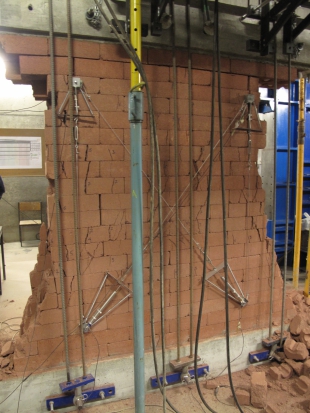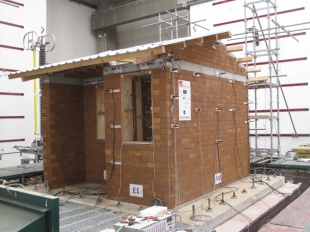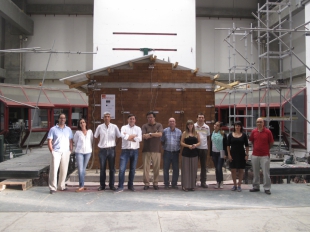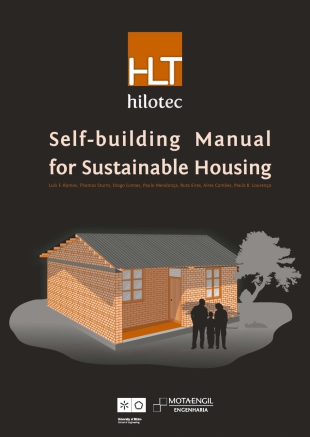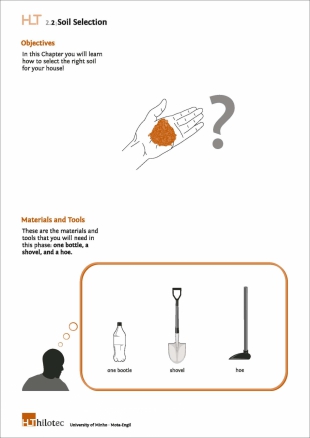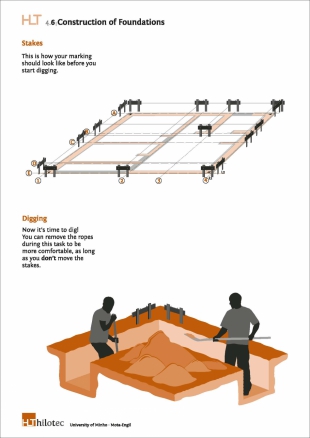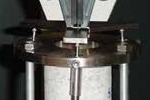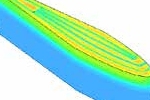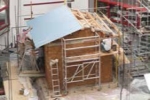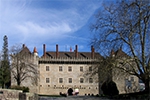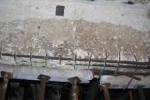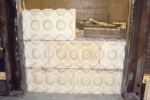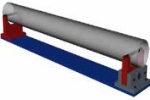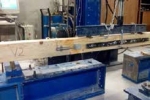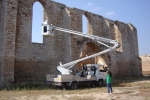HiLoTec (Mota-Engil SGPS - Engenharia)
Development of a Sustainable Self-Construction System for Developing Countries based on Compressed Earth Blocks (CEBs).
Objectives
The HiLoTec Project - Development of a Sustainable Self-Construction System for Developing Countries, carried out by University of Minho, Portugal, Mota-Engil S.A. Construction Group and Manuel António da Mota Foundation, between 2010 and 2013. The project aim was to develop simple but innovative construction technologies for the sustainable self-construction of small buildings s in developing countries, including those with seismic hazard. The project was based on the use of Compressed Earth Blocks (CEBs) with stabilizer. Malawi was chosen as a case study country.
Description
The construction technology combines both natural and traditional building materials with more advanced construction techniques. The construction system was developed for rural or urban families with lower incomes. The study started with a reconnaissance visit to Malawi in November 2009, aiming at study the population needs in terms of housing stock, characteristics of the construction sector and available natural resources. The final solution is focus of one-floor houses where labor force is not expensive and earth material is easily available, with a regular geometry in plan, and capable to achieve several objectives in a sustainable approach: durability, function, mechanical behaviour, cost-effective, energy consumption and carbon footprint. A new interlocking Compress earth block was designed to build masonry walls with dry joints. The blocks allows to build single leaf and double leaves masonry walls with 14 cm and 28 cm of thickness, respectively.
The following works where carried out by LEST:
› Material tests to characterize the mechanical behaviour of soils;
› Structural test t characterize the masonry behavior: compression, shear and flexural;
› Structural analysis of a house prototype;
› Supervision of the seismic shaking table tests carrier out on a mockup built on the Nacional Civil Engineering Laboratory, in Lisbon.
Results
Apart from the results emerged from the several tests carried out in LEST, one of the main project results was a graphical self-building construction manual (handbook) for developing countries.

